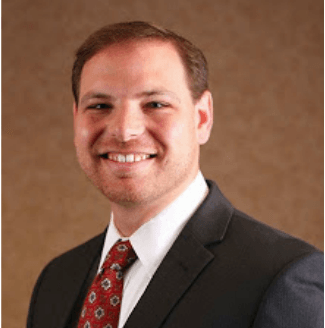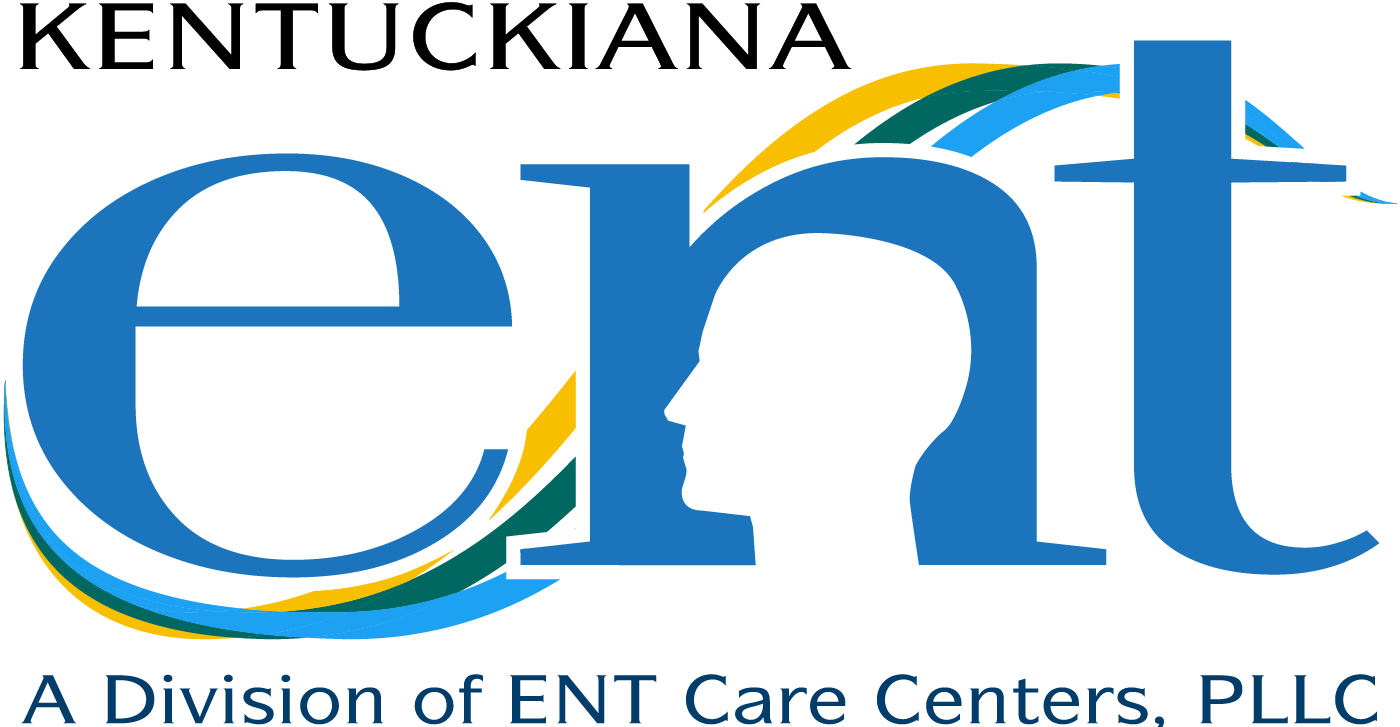What is the VivAer® procedure?
If you have nasal obstruction, the nasal valve may be narrowed and causing difficulty breathing. The Vivaer procedure is a minimally invasive procedure, often performed awake and in the office, to relief nasal congestion. A heating element is applied to the surface of the inner lining of the nose to remodel the cartilage support of the nose.

How is the VivAer® procedure performed?
The VivAer® procedure utilizes low-level radiofrequency energy on the surface just inside the nostrils to contour the lower lateral cartilage. The nasal passages are numbed with topical anesthetic to limit discomfort.
Is the VivAer® procedure painful? The procedure is typically well tolerated awake in the office. Pain is limited with topical anesthesia. You will likely experience some crusting at the area, so moisturization of the area is important until the surgical site heals.
Your doctor will go over expectations for the procedure and give you postoperative instructions. Clinical trials have shown lasting improvement in nasal congestion.
How long does VivAer® last?
The effects of the VivAer Nasal Airway Remodeling treatment are designed to be long-lasting. Is VivAer permanent? The procedure reshapes the cartilage in your nasal passages; however, it is important to note that each individual's body may react differently, and there may be changes due to aging or other factors. Always consult with your doctor for more personalized information.
Who performs VivAer® procedure in Louisville, KY?
VivAer® procedure in Louisville KY is performed by otolaryngologists like Dr. Thomas S. Higgins, MD, MSPH, who has locations in Louisville, KY and Jeffersonville, IN at Kentuckiana ENT, a Division of ENT Care Centers. If you want to see a rhinologist and specialized sinus surgeon, that provides the care you can trust,
request an appointment with us.
-
What is the VivAer Procedure?
The Vivaer Nasal Airway Remodeling is a non-invasive procedure designed to improve airflow in your nasal passages. It's performed in the office under local anesthesia and requires no incisions or removal of tissue.
Here are the key aspects of the procedure:
- It uses low-temperature radiofrequency energy to reshape the internal nasal valve area, which is responsible for two-thirds of the air resistance in the nasal airway.
- This treatment can provide a lasting solution to nasal obstruction, a condition that can cause snoring and difficulty breathing.
- The procedure typically takes about 15 minutes and patients can go home immediately afterward.
- Recovery is usually quick, with minimal discomfort, and patients can return to normal activities on the same day.
It's important to note that this procedure may not be suitable for everyone. It is always recommended to discuss with a healthcare provider to explore the best options for individual health needs.
-
What is the CPT code for VivAer Nasal Airway Remodeling?
For VivAer Nasal Airway Remodeling, the appropriate CPT code to use as of January 1, 2023, is 30469 - this represents the repair of nasal valve collapse with low energy, temperature-controlled (i.e., radiofrequency) subcutaneous/submucosal remodeling.
-
Will my insurance cover VivAer?
The insurance coverage of VivAer or any other medical procedures largely depends on your specific insurance plan. Insurance companies have different policies and it's important to check with your provider directly to understand what is covered under your plan. Here are some steps you can take:
Contact your insurance company: The best way to know for sure is by contacting your insurance company directly. They will be able to provide the most accurate information based on the specifics of your plan.
Ask your doctor: Your healthcare provider may also be able to provide information about insurance coverage for this procedure. They may have experience with other patients who have had the same procedure and their associated insurance claims.
Read your policy: If you have a copy of your policy, it should outline what types of procedures are covered. If VivAer is not explicitly mentioned, it could still be covered under a more general category.
Even if the procedure is covered, you may still be responsible for a portion of the cost, such as a deductible or co-pay. So, it's important to get as much information as possible from your insurance provider beforehand.
-
Does Anthem Blue Cross Blue Shield cover VivAer?
Coverage for the Vivaer procedure can vary depending on your specific insurance plan with Anthem Blue Cross Blue Shield. Some plans may cover the procedure, while others may not. It's important to contact Anthem directly, or check your policy details online, to confirm whether this procedure is covered. Our office may also be able to assist you in this process, as they often have experience working with various insurance providers. Remember, it's always best to get confirmation of coverage before scheduling any procedure to avoid unexpected costs.
-
How much does a VivAer procedure cost?
The cost of a VivAer procedure can vary widely based on several factors including your geographic location, the specific fees of your ENT specialist, and whether or not it's covered by your insurance. On average, you might expect the costs to be in the range of $2,500 to $3,500. It's important to note that this is a general estimate and actual costs may be higher or lower. Our office can provide a more accurate estimate based on your unique circumstances. Always ask your insurance provider as well to understand what portion of the costs will be covered by your plan.
-
Is VivAer a nose resection?
No, VivAer is not a nose resection. VivAer is a non-invasive procedure used to treat nasal airway obstruction. It uses radiofrequency energy to reshape the internal nasal valve area, which can improve airflow. Unlike a nose resection, it does not involve removing any part of the nose. It is performed in-office and doesn't require any incisions or removal of tissue, making recovery time typically faster and less discomforting compared to traditional surgery. Always discuss with your ENT specialist to understand the best treatment option for your specific condition.
-
How long does VivAer last?
VivAer is a long-lasting procedure designed to improve airflow in your nasal passages. The procedure uses radiofrequency energy to reshape the internal nasal valve for better airflow. However, as with any medical procedure, individual results can vary and depend on various factors. It's always best to have a detailed conversation with your ENT specialist about what you can expect from the VivAer procedure.
-
What does VivAer mean?
The term "VivAer" doesn't have a specific meaning in a dictionary sense. It is actually a brand name for a specific medical procedure used to treat nasal airway obstruction. The Vivaer Nasal Airway Remodeling device uses controlled, low-temperature radiofrequency energy to reshape the nasal valve area and improve airflow. The name "VivAer" is likely derived from a combination of the Latin words "vivere" which means "to live" and "aer" meaning "air," symbolizing the improved quality of life the procedure aims to provide for those suffering from nasal obstructions.
-
Who performs VivAer nasal airway remodeling near me in Kentucky or Indiana?
To find a doctor who performs VivAer nasal airway remodeling in Kentucky or Indiana, you can:
- Use online healthcare provider directories, which often allow you to filter by specialty and location.
- Contact local ENT (Ear, Nose, and Throat) clinics to inquire if they offer this procedure.
- Reach out to your primary care physician or insurance provider for recommendations.
One provider in the area who performs these procedures is Dr. Thomas Higgins, MD, MSPH, MBA. He practices in both Louisville, Kentucky, and Jeffersonville, Indiana. Reach out to us and make an appointment for an evaluation of your nasal congestion. We are happy to explain the procedure and discuss any questions or concerns you may have.
-
Is VivAer permanent?
The effects of VivAer are designed to be long-lasting. However, the permanency can vary from patient to patient based on individual healing processes and the presence of any underlying conditions that may affect the nasal structures over time. You should discuss expectations and potential outcomes with your ENT specialist.
Our Convenient Locations
Contact Us
Have question about our services and treatments? Reach out to us!
Contact Us
Thank you for contacting us.
We will get back to you as soon as possible.
Please try again later
Schedule an Appointment with a Fellow-Trained Sinus Surgeon Today
Dr. Thomas Higgins | Dedication to Sinusitis Relief

Our Convenient Locations
Louisville Old Brownsboro Crossing
9850 Von Allmen Court, STE 104, Louisville, KY 40241
Louisville St. Matthews Springs Medical Complex
6420 Dutchmans Parkway STE 380 Louisville, KY 40205
Jeffersonville, Indiana
W Gordon Gutmann Blvd, Jeffersonville, IN 47130 USA
Dr. Thomas S. Higgins
- Rhinology, Sinus & Skull Base, Kentuckiana Ear, Nose & Throat
- Locations in Louisville, Kentucky and Southern Indiana
- Clinical Associate Professor, Department of Otolaryngology-Head and Neck Surgery and Communicative Disorders
University of Louisville School of Medicine
Copyright © 2012-2025. Higgins Sinus. All Rights Reserved.
Note: The information contained in these pages is for educational purposes only. It should not be construed as individualized diagnostic and treatment advice. Please see our Privacy Policy as well as our Terms and Conditions. While we will never intentionally share any information you provide us via this website, this contact form and email system is not secure under HIPAA guidelines. Please avoid including personal or medical information you would want to be protected from 3rd party interception. A list of HIPAA identifiers can be found here. Please do not use this form for emergent or urgent matters. Disclosure: We may earn a commission when you use one of our coupons/links to make a purchase.




